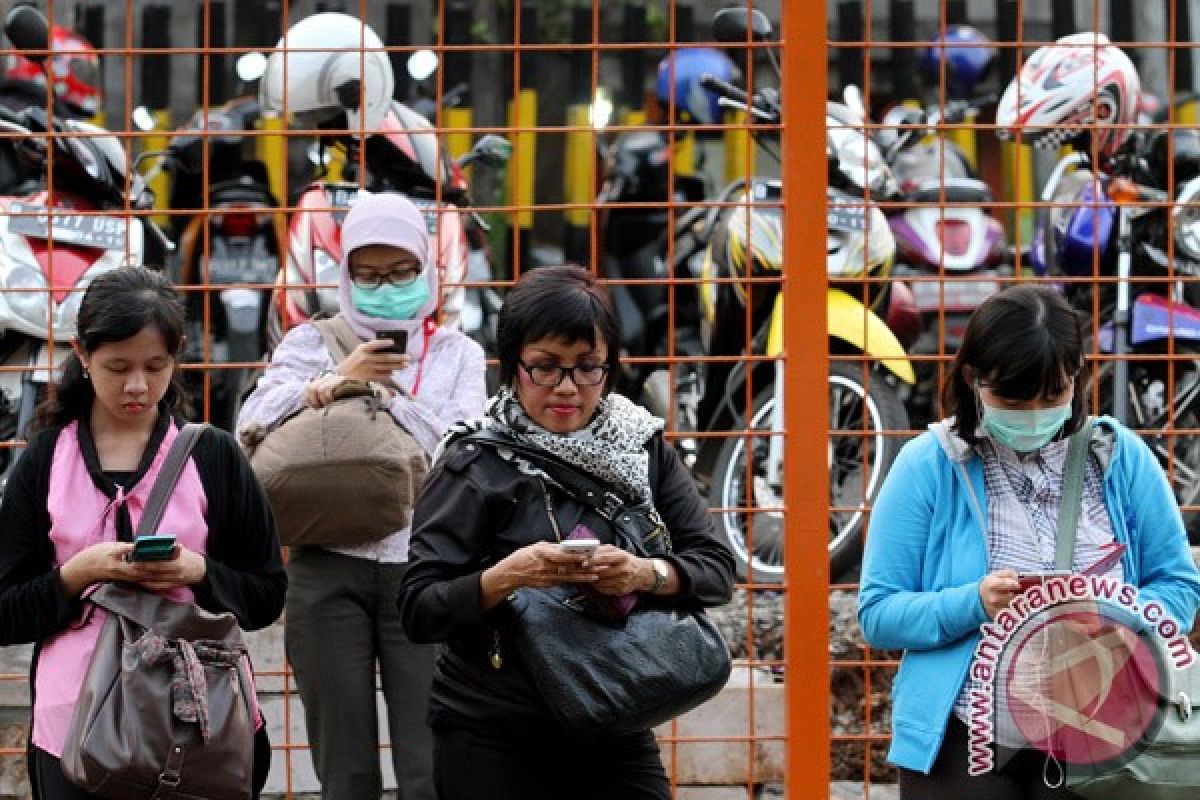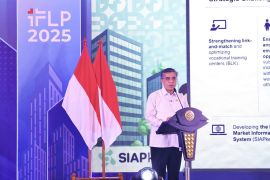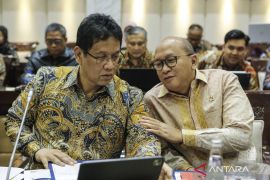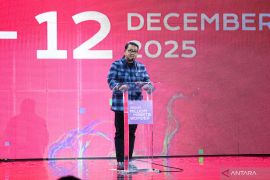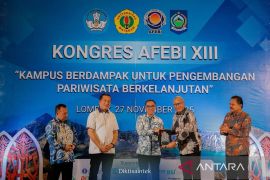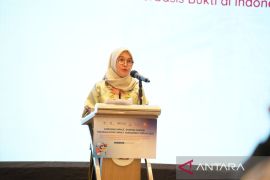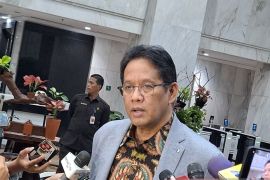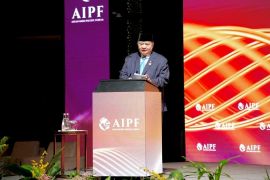As reported in the "Satu Dasawarsa Membangun untuk Kesejahteraan Rakyat" or "A Decade of developing for Social Welfare," the current government was able to raise more than 25 percent of Indonesias population to the ranks of the middle class.
According to the book published by the Cabinet Secretariat, the middle class is classified as those who spend about 2 to 20 US dollars per day.
The growing middle-class population in Indonesia can also be gauged from data on the number of motor vehicle ownership, the number of aircraft passenger, household mobile phone ownership and households that have a computer with Internet access.
According to the most recent data between 2004 and 2012, reported in the book, the number of vehicles both motorcycles and car ownership increased from 30.5 million to 94.4 million units.
The number of airline passengers rose from 33.21 million in 2004 to 82.43 million in 2012. As for the ownership of mobile phones, it also experienced an increase from 19.94 percent in 2005 to 83.52 percent in 2012.
Computer ownership also rose from 3.67 percent in 2005 to 14.86 percent in 2012. Internet access also increased from 2.32 percent in 2005 to 30.66 percent in 2012.
Improvement of social welfare was also assessed in line with the national improvement in financial condition, which was characterized by an increase in the value of the state budget of Rp427.2 trillion to Rp1.726 trillion in the state budget in 2013 or a 400 percent rise; it climbed to Rp1,842.5 billion in 2014.
In addition, foreign exchange reserves also continuously increased 30 percent from 36.3 billion US dollars in 2004 to 97 billion US dollars in November 2013. The ratio of debt to gross domestic product (GDP) also decreased from about 56.6 percent in 2004 to 23 percent in 2013.
The pro-citizen government program, which is designed in four clusters namely the School Operational Assistance (BOS), Community Health Insurance (Jamkesmas) and Keluarga Harapan (PKH), a family-based poverty alleviation program; the rice-for-the-poor program (Raskin); the National Program for Community Empowerment (PNPM); and Peoples Business Credit (KUR) and the provision of habitable house, is also considered to have lowered the unemployment and poverty level.
The number of registered unemployed declined from 9.9 percent in 2004 to 6.25 percent in 2013. Meanwhile, the poverty rate fell from 16.7 percent in 2004 to 11.37 percent in 2013.
(Uu.A050/INE/KR-BSR/A014)
Editor: Priyambodo RH
Copyright © ANTARA 2014
